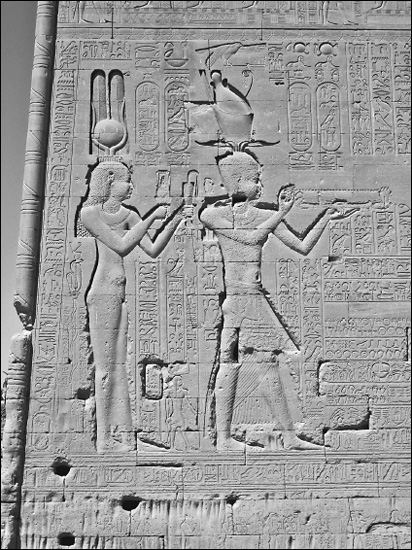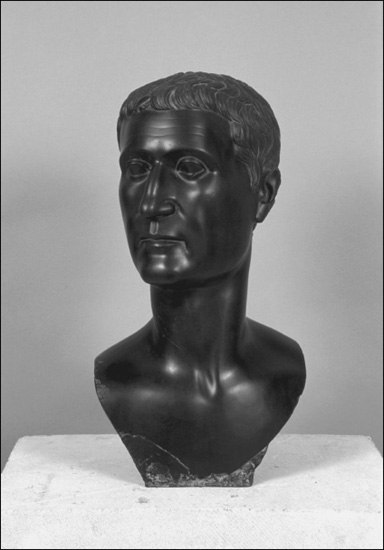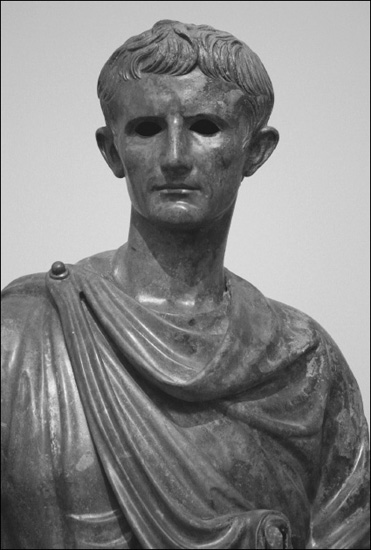Cleopatra (30 page)
Authors: Joyce Tyldesley

The Macedonian royal family, too, took a keen interest in snakes. We have already read the story of Nectanebo II assuming the form of a snake to father Alexander the Great (page 132). A variant on this tale is told by Plutarch:
A serpent was once seen lying stretched out by the side of Olympias as she slept, and we are told that this, more than anything else, dulled the ardour of Philip’s attentions to his wife, so that he no longer came often to sleep by her side, either because he feared that some spells and enchantments might be practised upon him by her, or because he shrank from her embraces in the conviction that she was the partner of a superior being. But concerning these matters there is another story to this effect: all the women of these parts were addicted to the Orphic rites and the orgies of Dionysos from very ancient times, and imitated in many ways the practices of the Edonian women and the Thracian women about Mount Haemus, from whom, as it would seem, the word ‘threskeuein’ came to be applied to the celebration of extravagant and superstitious ceremonies. Now Olympias, who affected these divine possessions more zealously than other women, and carried them out in wilder fashion, used to provide the revelling companies with great tame serpents, which would often lift their heads from out the ivy and the mystic winnowing-baskets, or coil themselves about the wands and garlands of the women, thus terrifying the men.
21
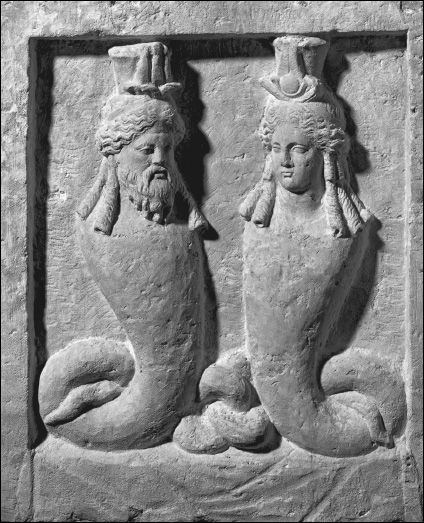
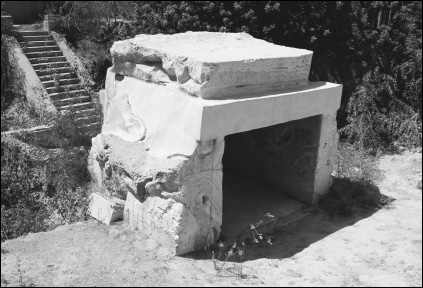
17. The ‘Alabaster Tomb’ of Alexandria: resting place of Alexander the Great?

18. The god Serapis, consort of Isis and patron deity of Alexandria.
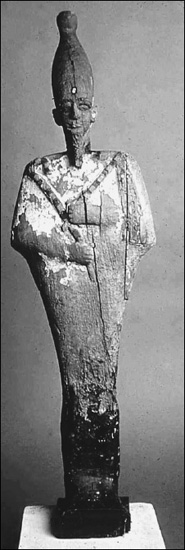
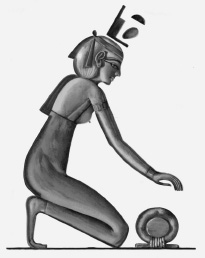

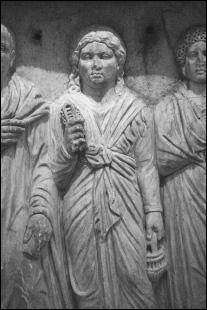

23. Isis carries the sistrum, or sacred rattle, which has the power to stimulate the gods.
